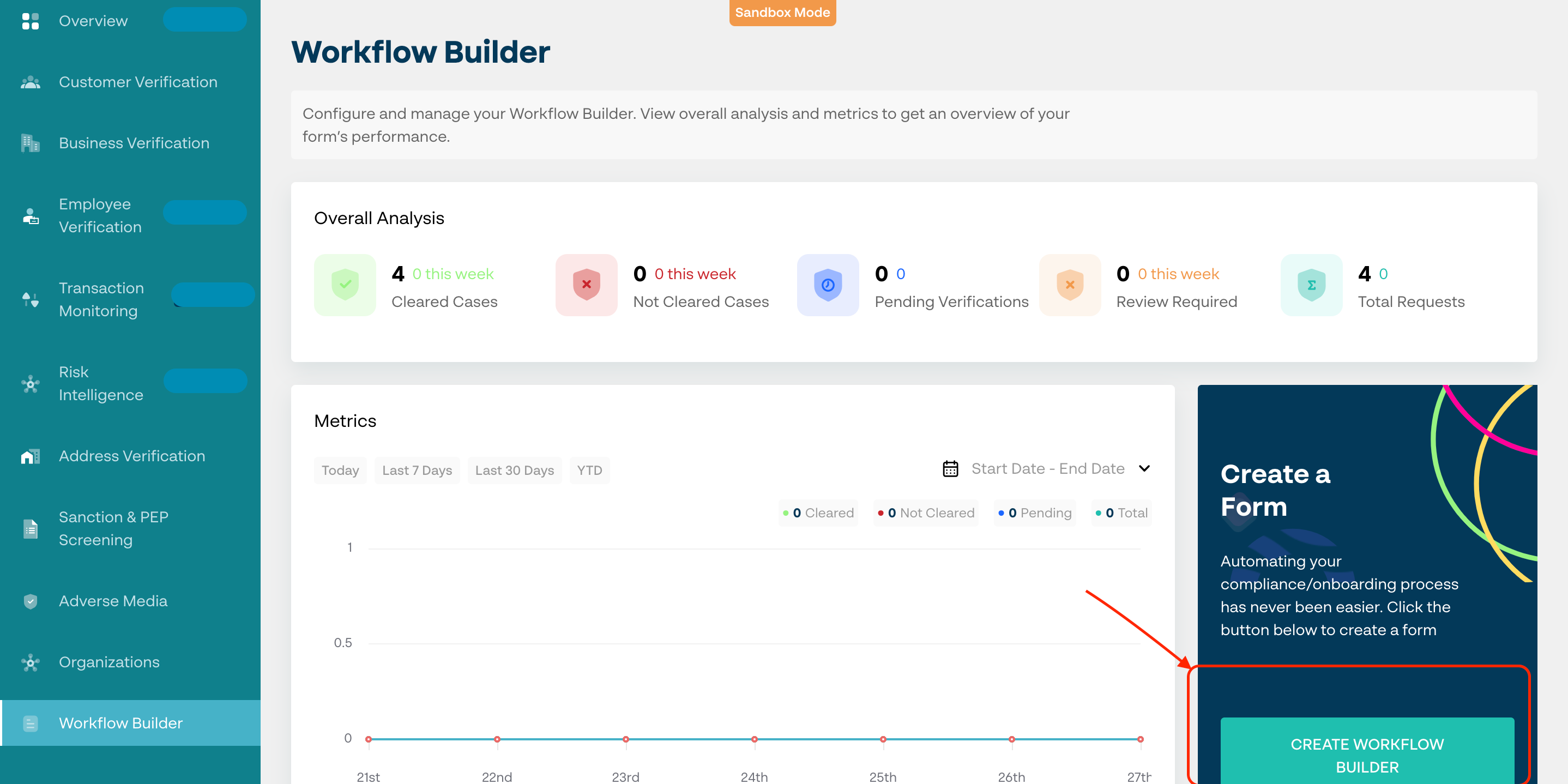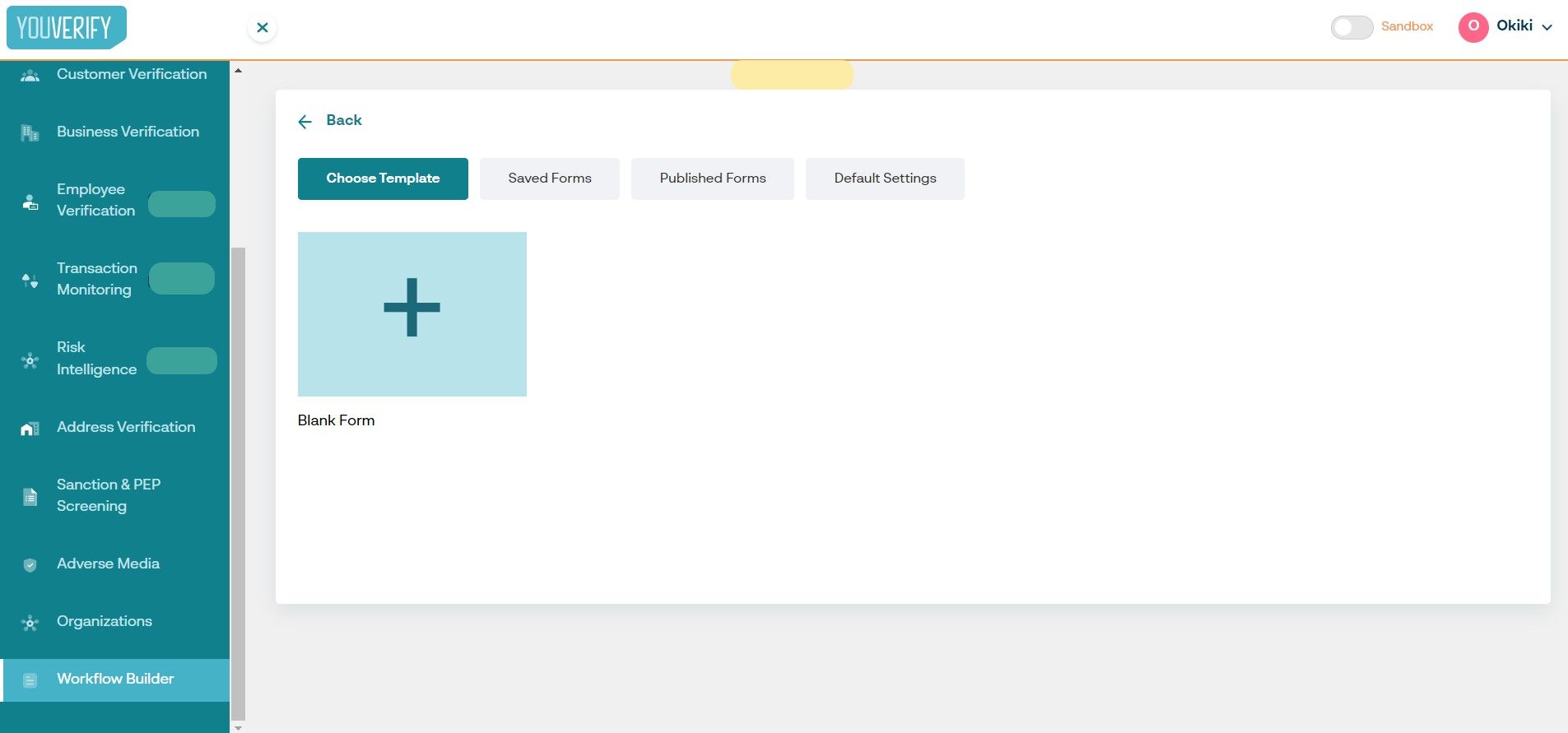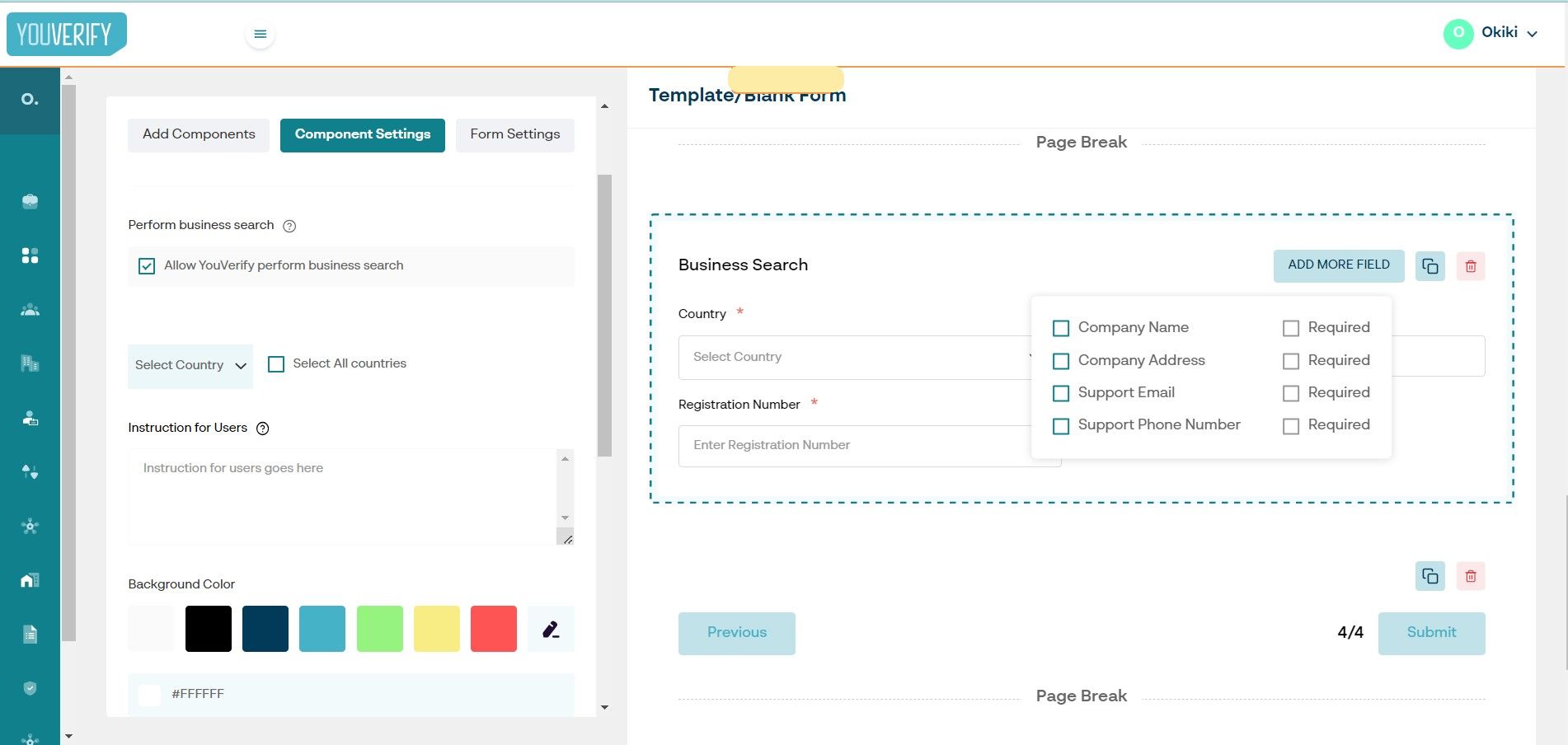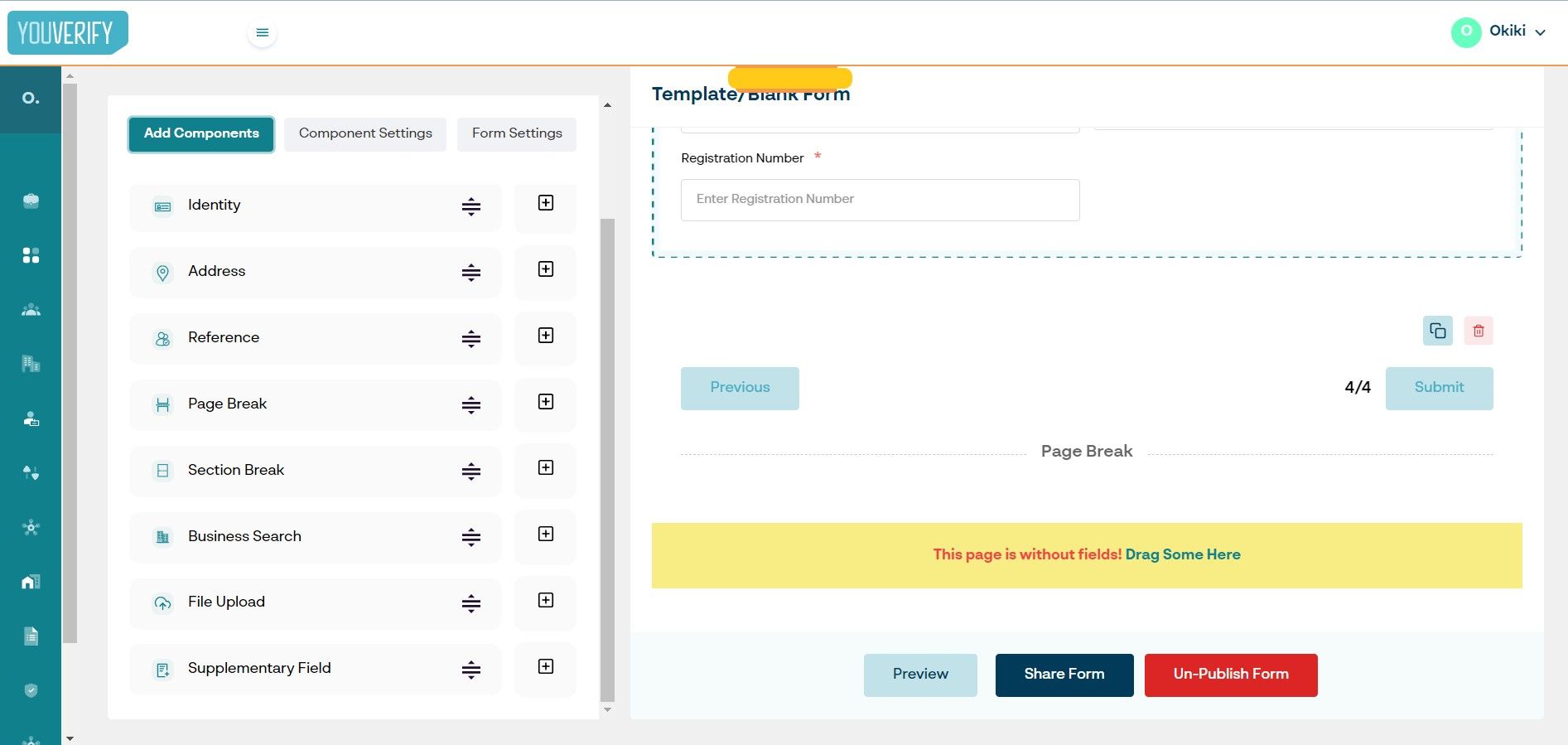It is utterly important for companies to remain compliant with regulations such as KYC and AML regulations, especially financial entities that are held to high standards when it comes to financial regulations. It can be quite a hassle to keep up with the regulations, laws and rules. It does not help that there are stringent sanctions attached to non-compliance. Automating compliance can reduce errors, improve speed and help further mitigate losses that may be acquired from the success of illegal activities like money laundering and identity fraud, which comes as a result of inadequate compliance measures.
What is Compliance Automation?
Compliance automation, commonly referred to as automated compliance, is the process of performing and streamlining compliance procedures using technology, such as software with artificial intelligence (AI) elements. It simply refers to the use of technology and software to “automate” compliance measures that are done manually, to save time, reduce errors and mitigate resources consumed.
How Automation of Compliance Works?
Automated compliance can be simple to understand, although does take a lot of work to develop automated tools that can digitally aid compliance. Automated compliance works through the integration of technology, software and data-oriented processes in order to streamline and optimise compliance measures.
Automated compliance works through the following processes;
1. Data Collection and Integration
Automated compliance systems collect relevant data from various sources, such as customer databases, transaction records, external databases, and regulatory sources. This data is consolidated and integrated into the compliance software or platform.
2. Rule-Based Decision Making
Compliance automation systems utilize predefined rules and algorithms to assess the collected data. These rules are based on regulatory requirements, internal policies, risk thresholds, and other factors. The system compares the data against these rules to determine compliance status and identify any potential violations or anomalies.
3. Monitoring and Alerts
Automated compliance systems continuously monitor activities, transactions, and data in real-time. They analyze the data against the predefined rules and generate alerts or notifications when non-compliance or suspicious activities are detected. These alerts prompt further investigation and necessary actions.
4 Workflow and Task Automation
Compliance automation streamlines workflows and automates routine compliance tasks. It assigns tasks, sends notifications, and tracks progress through the compliance process. This ensures that compliance activities are executed efficiently and within specified timeframes.
5. Risk Assessment and Scoring
Automation systems often include risk assessment features. They analyze data to identify and score risks associated with customers, transactions, or other compliance factors. This helps prioritize risk management efforts and allocate resources accordingly.
6. Reporting and Documentation
Automated compliance systems generate reports and documentation to demonstrate compliance. They provide comprehensive reports that summarize compliance activities, track key metrics, and document evidence of compliance. These reports are often required for regulatory reporting, audits, or management reviews.
7. Integration with Other Systems
Compliance automation can integrate with other internal systems, such as customer relationship management (CRM), enterprise resource planning (ERP), or financial systems. This integration allows for seamless data exchange, reducing manual data entry and ensuring data consistency across systems.
8 Regulatory Updates and Compliance Maintenance
Automated compliance systems stay updated with regulatory changes and updates. They monitor regulatory sources, guidelines, and alerts to ensure that compliance processes and rules remain aligned with the latest requirements. System updates and configurations are made to accommodate regulatory changes and maintain compliance.
9. Auditing and Governance
Automated compliance systems often include auditing and governance features. They provide a transparent audit trail of compliance activities, documenting actions taken, decisions made, and approvals obtained. This helps in internal audits, regulatory inspections, and demonstrating compliance during investigations.
What Are The Benefits Of Automating Compliance?
Using reliable compliance automation tools like Youverifys' provides a range of services that aids compliance measures, from identity verification, customer onboarding, KYC checks, and AML checks, to ongoing monitoring etcetera. Allows for operating cost mitigation, time-saving enhanced accuracy etc in complaint processes. Commercial entities on medium, large or small scale need automated compliance in order to keep up with the constant demands and avoid sanctions and losses from fraud, including other important benefits such as:
1. Enhanced Accuracy
Automating compliance processes reduces the risk of human errors that can occur during manual data entry or analysis. By using technology-driven solutions, companies can achieve higher accuracy in verifying customer identities, conducting risk assessments, and detecting potential money laundering activities.
2. Improved Efficiency
Manual compliance processes can be time-consuming and expensive, as it requires a lot of resources. Automation streamlines and accelerates compliance procedures, enabling companies to handle a larger volume of transactions or customer onboarding requests without sacrificing quality. It saves time, reduces operational costs, and improves overall efficiency.
3. Real-time Monitoring and Alert Generation
Automated compliance systems can continuously monitor customer activities, transactions, and risk factors in real-time. They can compare this data against predefined rules and patterns to identify suspicious or non-compliant behaviour promptly. Companies can take immediate action and mitigate potential risks or violations by generating alerts and notifications.
4. Enhanced Risk Management
Automation helps companies manage compliance risks more effectively. By integrating advanced analytics and machine learning algorithms, automated systems can assess and score risks associated with specific customers, transactions, or business relationships. This enables companies to allocate resources and implement appropriate risk mitigation strategies.
5. Simplified Regulatory Reporting
Compliance automation simplifies the process of generating accurate and comprehensive reports required by regulatory authorities. Automated systems can consolidate and organize compliance data, ensuring timely and accurate reporting. This reduces the burden of manual report preparation and minimizes the risk of reporting errors or omissions.
6. Cost Savings
Manual compliance processes can be labour-intensive, requiring a dedicated team of compliance officers and analysts. Automating these processes reduces the need for manual intervention, resulting in cost savings related to staff resources. Additionally, automated systems can help prevent fines, penalties, and reputational damage associated with non-compliance, further reducing financial risks.
7. Enhanced Customer Experience
Compliance automation can also benefit customers by providing a smoother onboarding process and faster response times. Automated systems can verify customer identities quickly, reducing the need for extensive paperwork or repetitive document submissions. This improves the overall customer experience and satisfaction.
8. Scalability
As companies grow or face increasing compliance demands, automation enables scalability without a proportional increase in resources. Automated systems can handle higher transaction volumes and adapt to changing regulatory requirements, ensuring ongoing compliance as the business expands.
9. Audit Trail and Documentation
Automated compliance processes create a detailed audit trail and documentation of all compliance activities. This facilitates internal audits, regulatory inspections, and investigations, providing a transparent record of compliance actions and demonstrating adherence to regulations.
10. Proactive Compliance Management
Automation allows companies to be more proactive in managing compliance. By leveraging technology to identify potential risks, detect anomalies, and track compliance performance, organizations can take preventive measures and address them.
How to Create a Compliance Automation Workflow
Here is a step-by-step process on how businesses can automate their compliance processes with the Youverify workflow builder:
Step 1: Login to your dashboard and navigate to “Workflow Builder” at the left tab of your screen. Select create workflow builder on the bottom right as seen in the image below.

Step 2: You can either opt to choose an existing template by selecting “Choose Template”, Select a designed form draft in “Saved Forms”, copy a previously created and deployed form in “Publish Forms” or edit the template preferences in "Default Settings" tab.

Step 3: Select the solution components necessary for your business compliance needs as indicated in “1” and tailor the user onboarding flow to your preference.

Step 4: Customise individual components to your business brand feel including colours, logo, background, etc.

Step 5: Review to ensure it satisfies all the important needs in your onboarding and publish. You can proceed to share a link directly with customers.

That's all! With Youverify, you can automate all your business compliance needs in 5 easy steps. Request a demo to get started.
Achieving Compliance Automation with Youverify
Youverify offers workflow builder, a compliance automation tool that allows businesses to build their industry-tailored compliance process for customer onboarding and AML compliance. With the Youverify workflow builder, businesses can create stey by step compliance onboarding processes to reduce time, cut costs and operate more efficiently overall.
Automated compliance will always be handy for commercial entities, especially financial institutions. With rapid digitalisation, commercial entities, financial institutions and fin etch start-ups will paramountly need to prioritise automated compliance.
However, automated compliance does not replace the need for human oversight and expertise. Yes, automation brings about enhanced accuracy and efficiency, however human judgement, interpretation and decision-making are important for complex matters that have to do with compliance matters.
Request a demo to see how we can help automate your compliance.